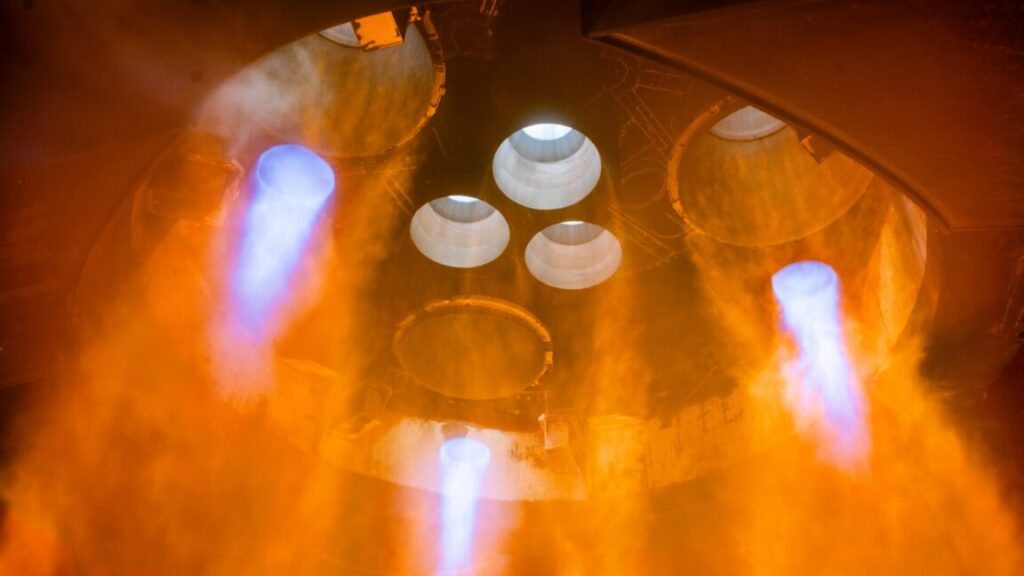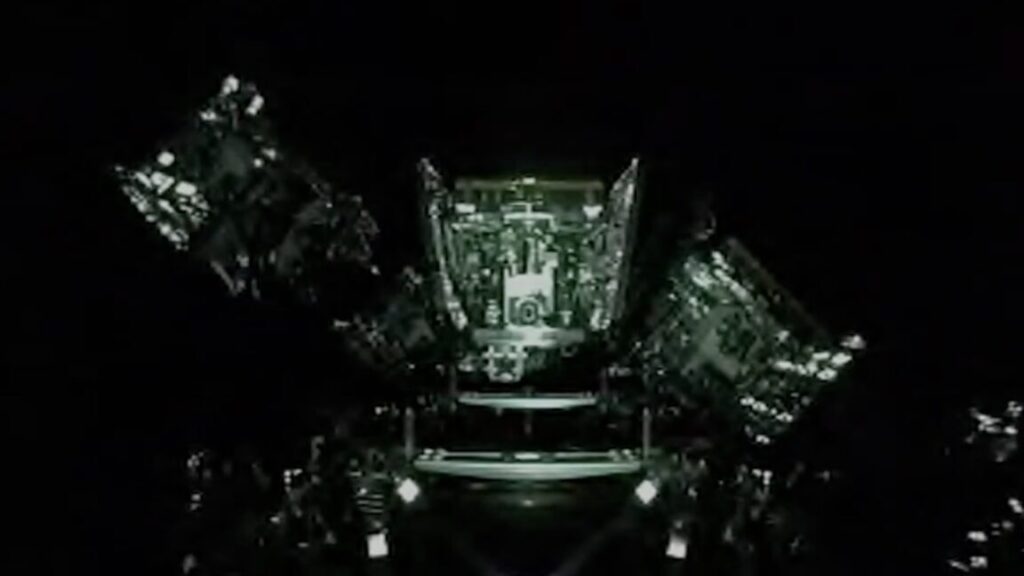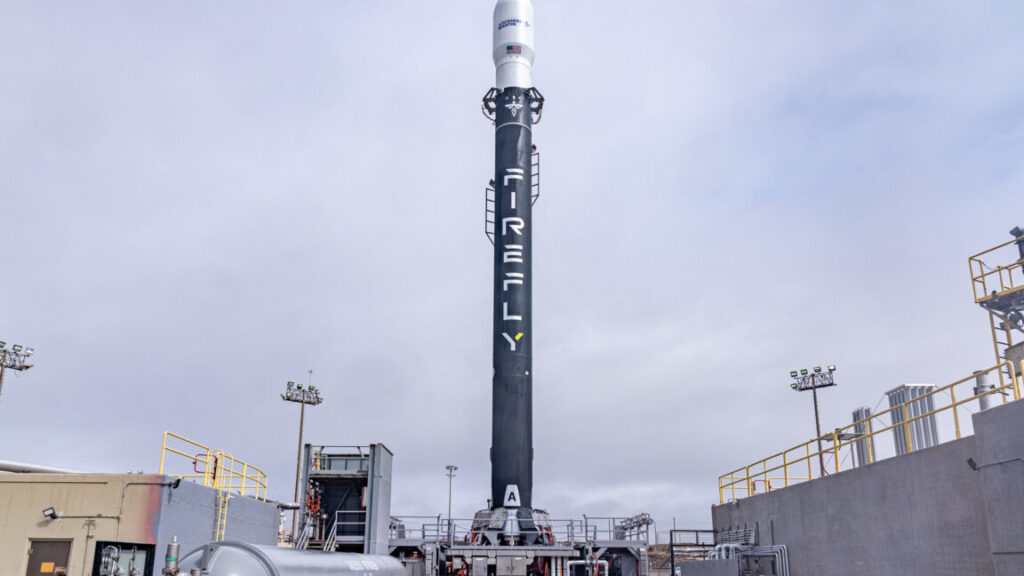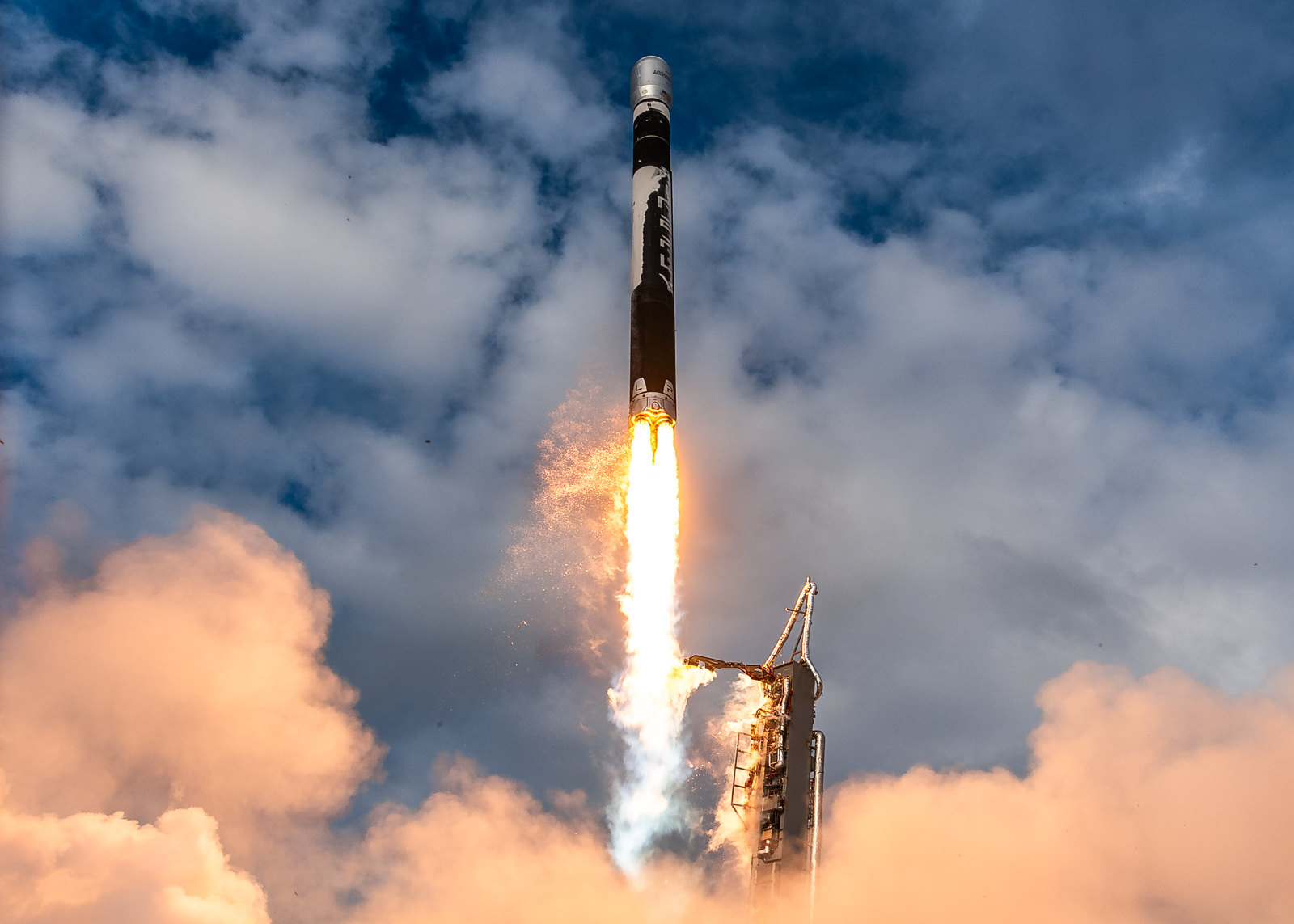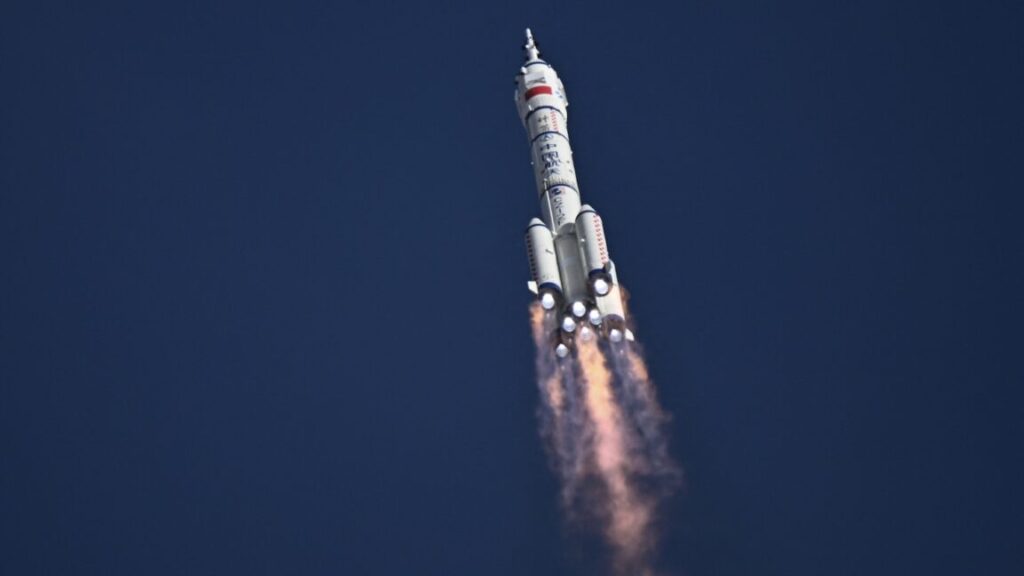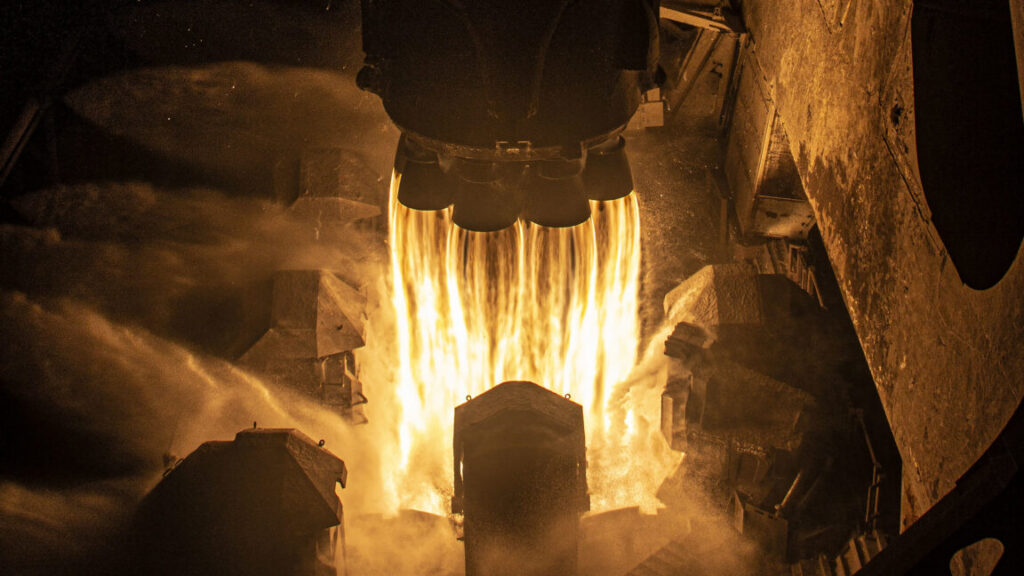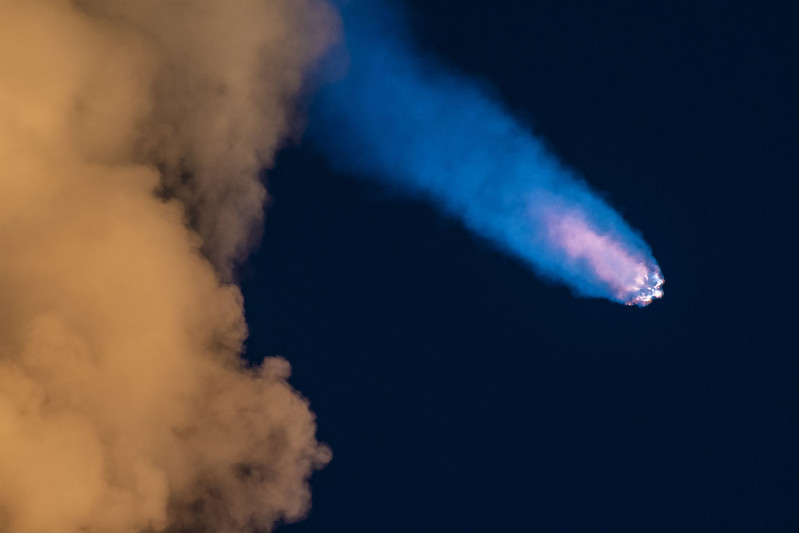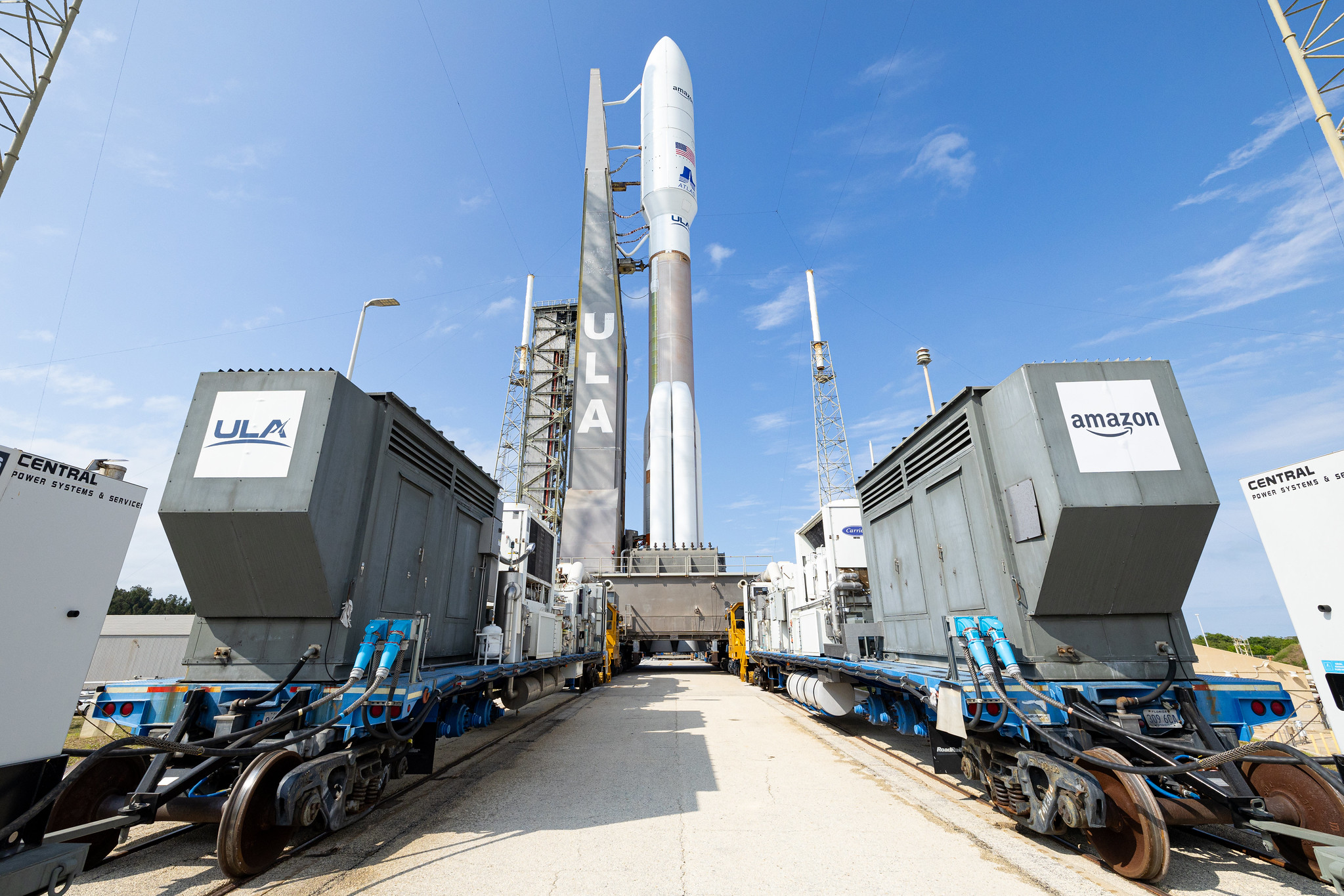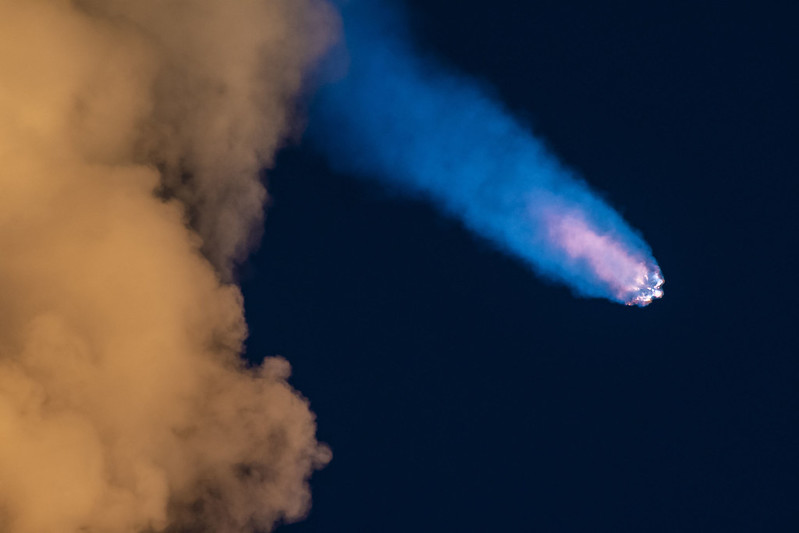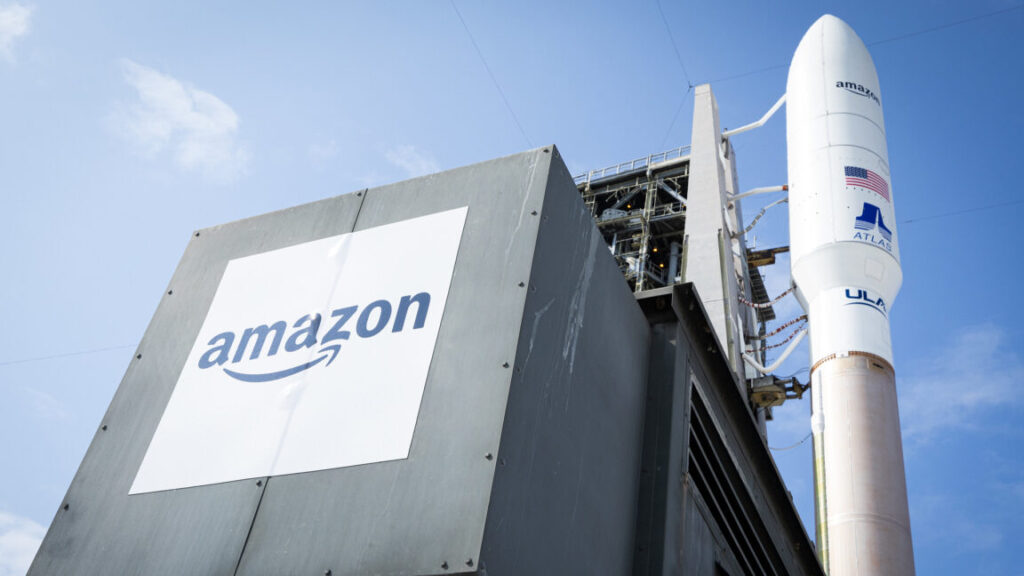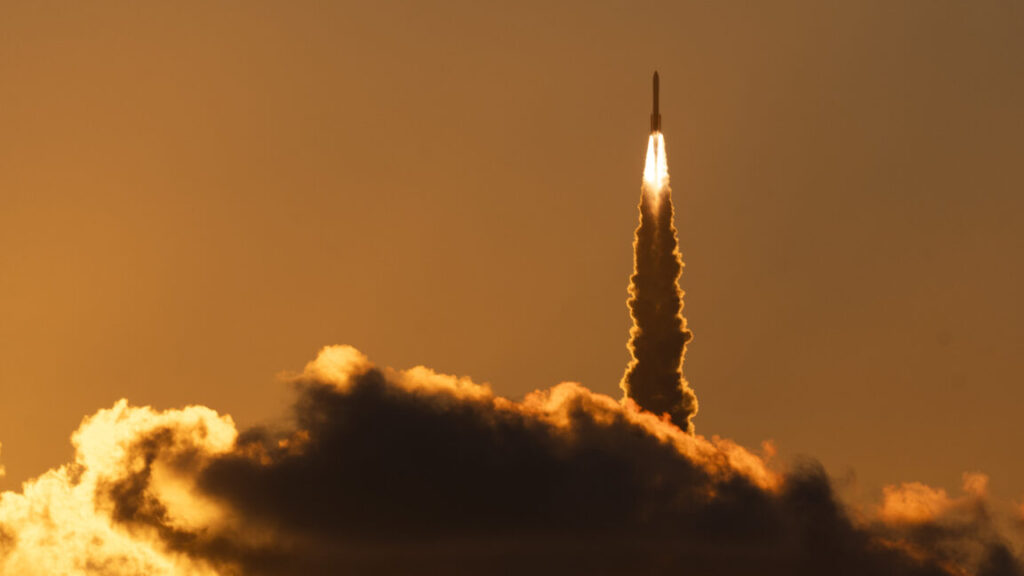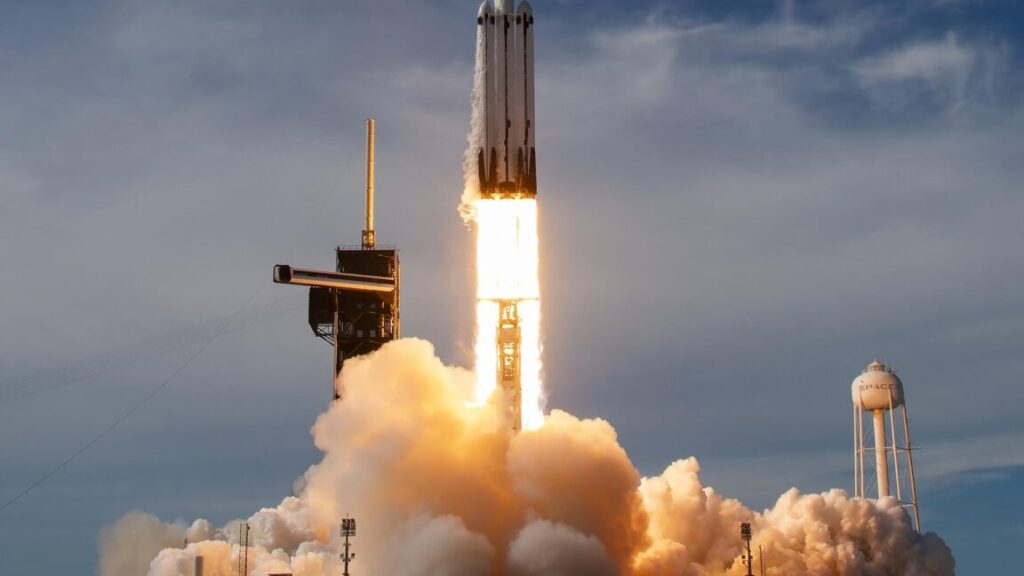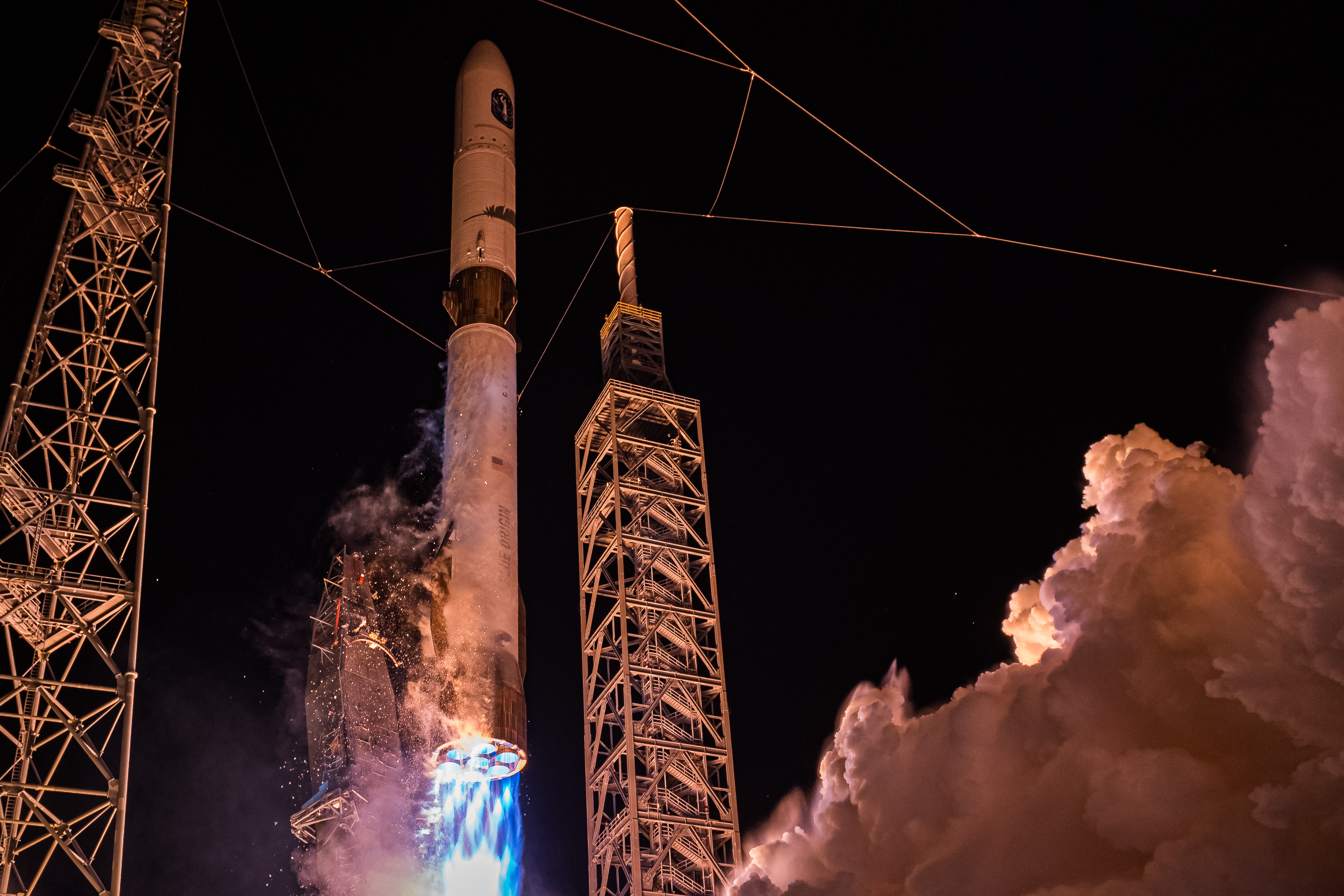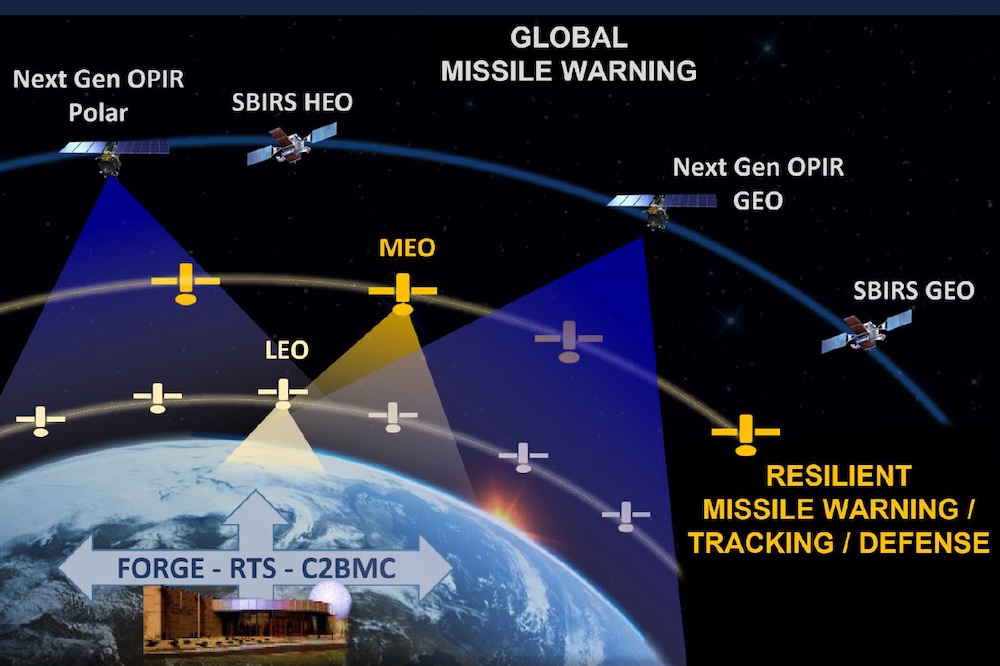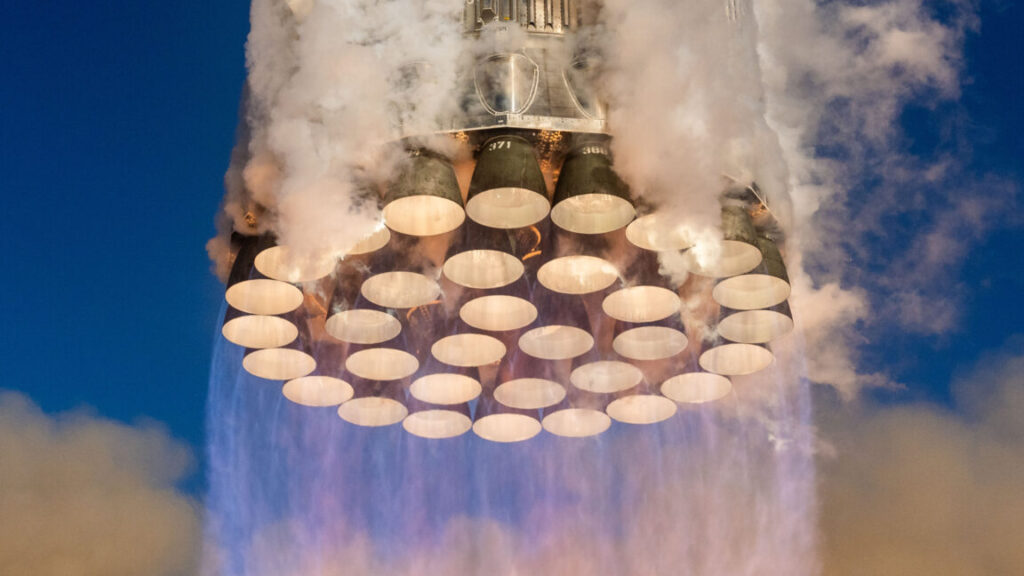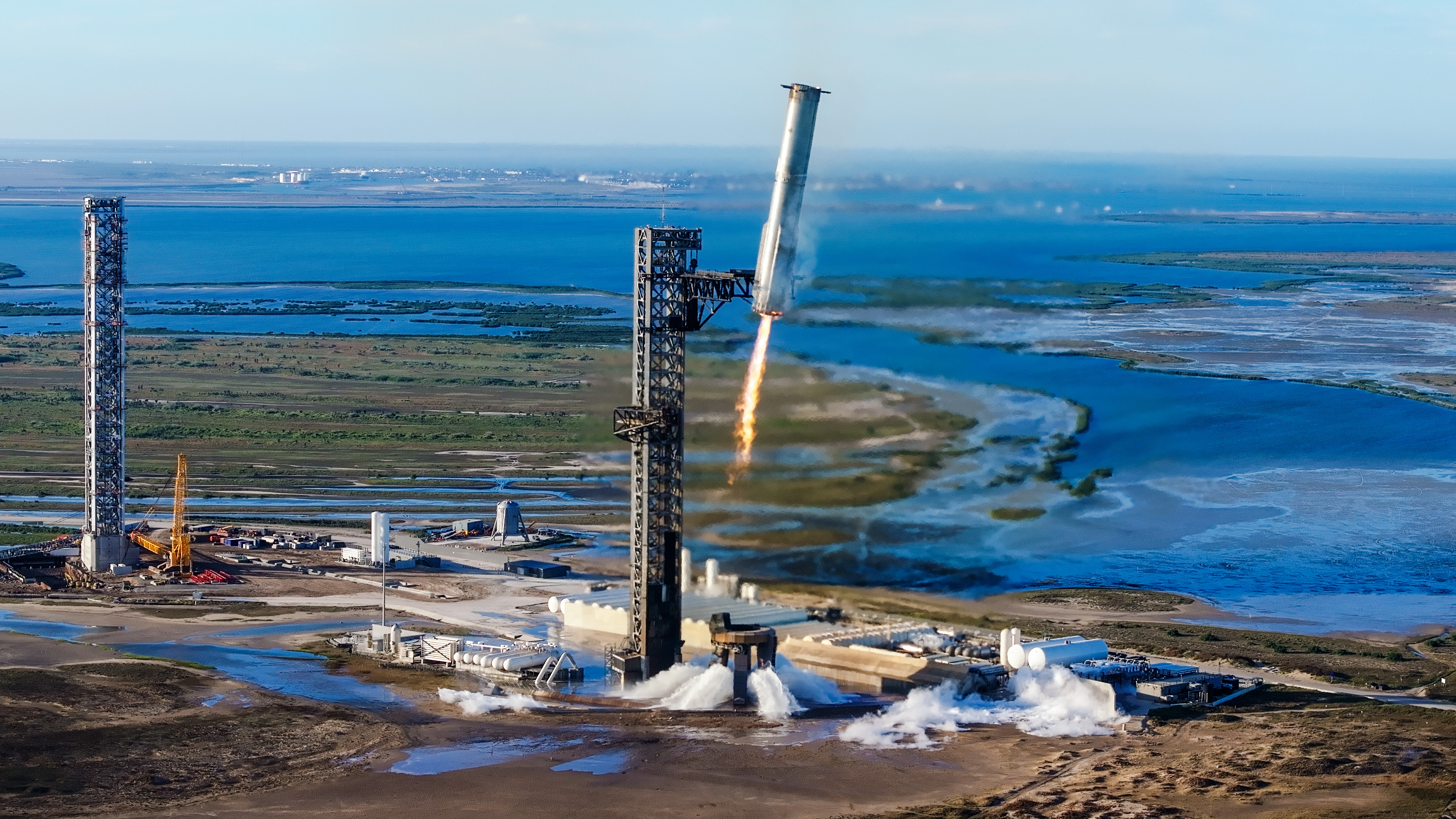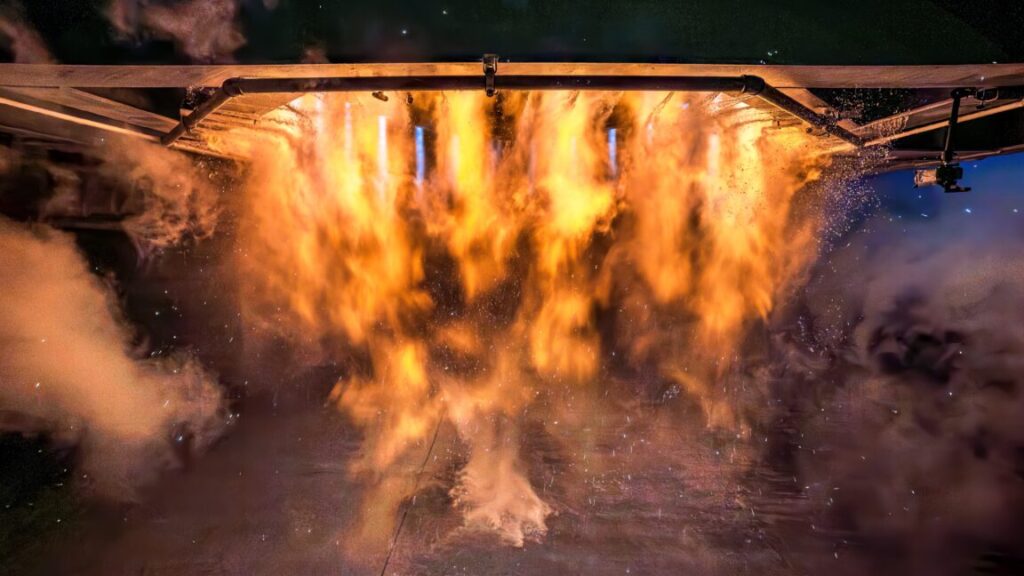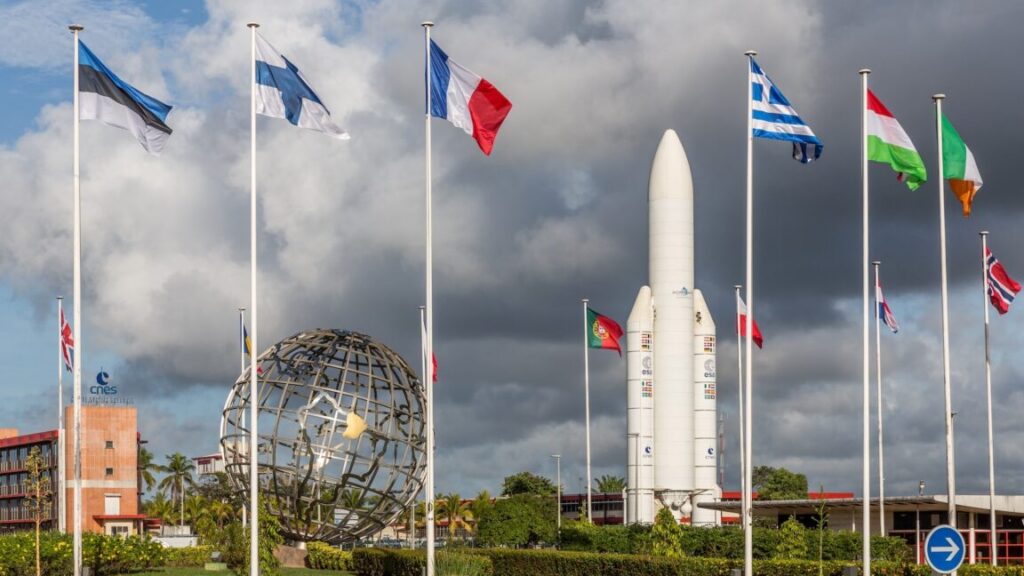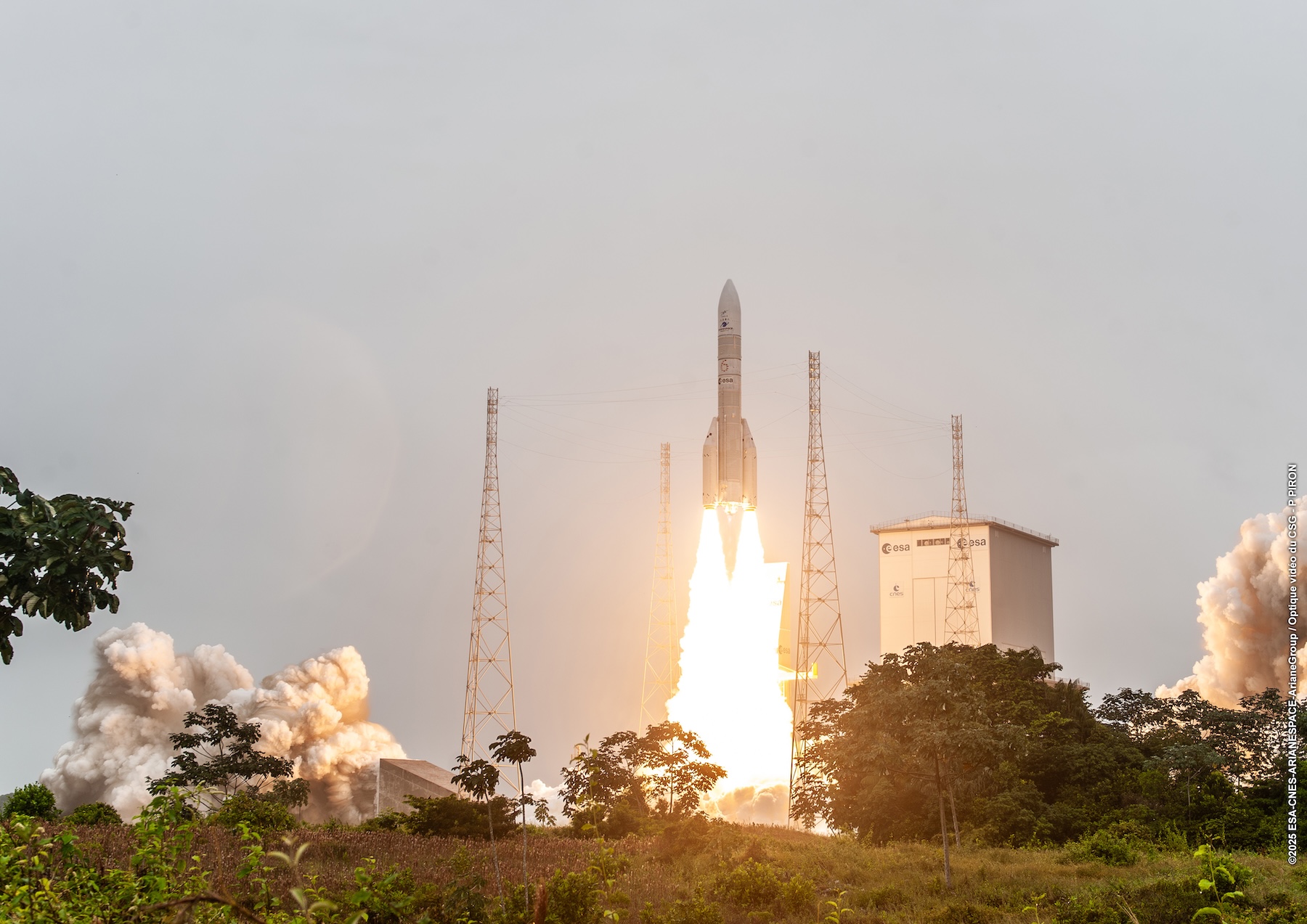After back-to-back failures, SpaceX tests its fixes on the next Starship
But that didn’t solve the problem. Once again, Starship’s engines cut off too early, and the rocket broke apart before falling to Earth. SpaceX said “an energetic event” in the aft portion of Starship resulted in the loss of several Raptor engines, followed by a loss of attitude control and a loss of communications with the ship.
The similarities between the two failures suggest a likely design issue with the upgraded “Block 2” version of Starship, which debuted in January and flew again in March. Starship Block 2 is slightly taller than the ship SpaceX used on the rocket’s first six flights, with redesigned flaps, improved batteries and avionics, and notably, a new fuel feed line system for the ship’s Raptor vacuum engines.
SpaceX has not released the results of the investigation into the Flight 8 failure, and the FAA hasn’t yet issued a launch license for Flight 9. Likewise, SpaceX hasn’t released any information on the changes it made to Starship for next week’s flight.
What we do know about the Starship vehicle for Flight 9—designated Ship 35—is that it took a few tries to complete a full-duration test-firing. SpaceX completed a single-engine static fire on April 30, simulating the restart of a Raptor engine in space. Then, on May 1, SpaceX aborted a six-engine test-firing before reaching its planned 60-second duration. Videos captured by media observing the test showed a flash in the engine plume, and at least one piece of debris was seen careening out of the flame trench below the ship.
SpaceX ground crews returned Ship 35 to the production site a couple of miles away, perhaps to replace a damaged engine, before rolling Starship back to the test stand over the weekend for Monday’s successful engine firing.
Now, the ship will head back to the Starbase build site, where technicians will make final preparations for Flight 9. These final tasks may include loading mock-up Starlink broadband satellites into the ship’s payload bay and touchups to the rocket’s heat shield.
These are two elements of Starship that SpaceX engineers are eager to demonstrate on Flight 9, beyond just fixing the problems from the last two missions. Those failures prevented Starship from testing its satellite deployer and an upgraded heat shield designed to better withstand scorching temperatures up to 2,600° Fahrenheit (1,430° Celsius) during reentry.
After back-to-back failures, SpaceX tests its fixes on the next Starship Read More »
